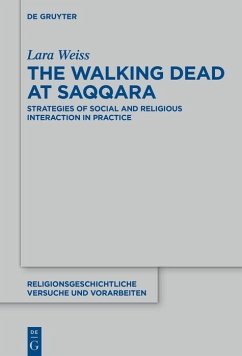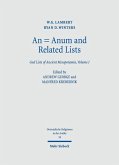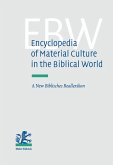Funerary rituals and the cult of the dead are classics of research in religious studies, especially for ancient Egypt. Still, we know relatively little about how people interacted in daily life at the city of Memphis and its Saqqara necropolis in the late second millennium BCE. By focussing on lived ancient religion, we can see that the social and religious strategies employed by the individuals at Saqqara are not just means on the way to religious, post-mortem salvation, nor is their self-representation simply intended to manifest social status. On the contrary, the religious practices at Saqqara show in their complex spatiality a wide spectrum of options to configure sociality before and after one's own death. The analytical distinction between religion and other forms of human practices and sociality illuminates the range of cultural practices and how people selected, modified, or even avoided certain religious practices. As a result, pre-funerary, funerary and practices of the subsequent mortuary cults, in close connection with religious practices directed towards other ancestors and deities, allow the formation of imagined and functioning reminiscence clusters as central social groups at Saqqara, creating a heuristic model applicable also to other contexts.
Lara Weiss, National Museum of Antiquities, Leiden, Niederlande.
Dieser Download kann aus rechtlichen Gründen nur mit Rechnungsadresse in A, B, BG, CY, CZ, D, DK, EW, E, FIN, F, GR, HR, H, IRL, I, LT, L, LR, M, NL, PL, P, R, S, SLO, SK ausgeliefert werden.









